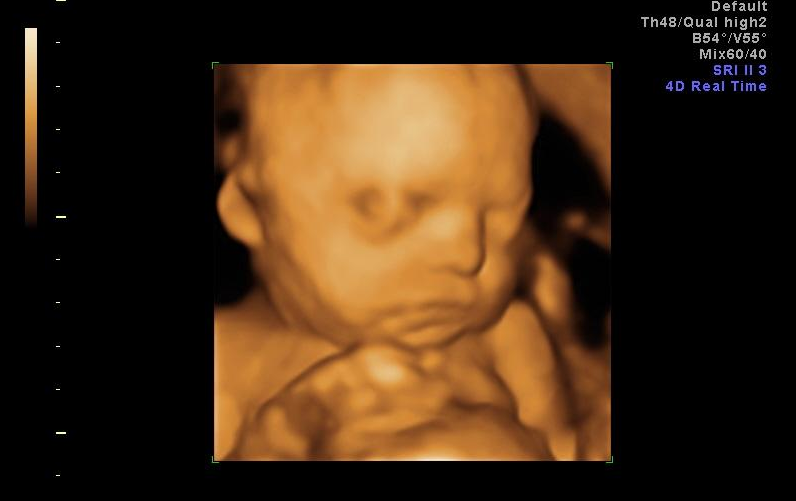Last October a divided three-judge panel of the 5th Circuit Court of Appeals ruled against the Texas Dismemberment ban, upholding U.S. District Judge Lee Yeakel’s decision to permanently enjoin the law.
On Wednesday, however, the full 5th Circuit upheld the law which bans the dismemberment of living unborn children. The vote was 9-5. (Two of the 17 judges recused themselves.)
The law, passed in 2017, was quickly challenged by “the Center for Reproductive Rights and Planned Parenthood on behalf of Whole Woman’s Health and other abortion providers in the state, who have said the ‘fetal demise’ requirement was medically unnecessary,” the Texas Tribune reported [www.texastribune.org/2021/08/18/texas-abortion-dilation-evacuation-ban].
Following the appeals court panel decision, Texas Right to Life wrote
After the Supreme Court’s ruling in “June Medical Services v. Russo” this summer, Judges Dennis and Stewart, both appointed by [President Bill] Clinton, argued the Dismemberment Abortion Ban imposed an “undue burden” on women. Conversely, Judge Willett found the arguments promoted by the abortion industry unpersuasive.
The district court and three-judge panel failed to answer the case’s dynamic legal question: Is a dismemberment abortion inhumane enough to warrant legal prohibition?
The full 5th Circuit’s opinion is extremely complicated. The lead opinion was jointly written by Judges Jennifer Walker Elrod and Don Willett who were joined by five other judges. Others wrote a concurring opinion (Judge Ho), an opinion concurring in the judgment (Chief Judge Priscilla Owen) or concurred without writing an opinion (Judge Catharina Haynes). That in addition to the dissents.
REACH PRO-LIFE PEOPLE WORLDWIDE! Advertise with LifeNews to reach hundreds of thousands of pro-life readers every week. Contact us today.
The nub of the decision is summarized early on. Judge Yeakel
held that SB8 imposes an undue burden on a large fraction of women, primarily because it determined that SB8 amounted to a ban on all D&E abortions. But viewing SB8 through a binary framework—that either D&Es can be done only by live dismemberment or else women cannot receive abortions in the second trimester—is to accept a false dichotomy. Instead, the record shows that doctors can safely perform D&Es and comply with SB8 using methods that are already in widespread use. In permanently enjoining SB8, the district committed numerous, reversible legal and factual errors: applying the wrong test to assess SB8, disregarding and misreading the Supreme Court’s precedents in Planned Parenthood of Southeastern Pennsylvania v. Casey and Gonzales v. Carhart, and bungling the large-fraction analysis. Accordingly, we VACATE the district court’s permanent injunction. …
In sum, the district court’s opinion rested on bad law, bad facts, and bad math.
Judge James Ho, whom we write about in a different context elsewhere today, ended his concurrence by writing
Someday, scientists may look back on today’s abortion debates as shocking and barbaric—just as we look back in disbelief at those who ridiculed and ostracized proponents of handwashing and sterilizing surgical instruments to prevent disease and infection.
Indeed, many have that view today. According to Carter Snead, one of the nation’s leading scholars on public bioethics and an expert witness in this case, “132 countries out of 194 that I looked at ban abortion outright, at all gestational stages, with certain exceptions defined by law,” while 178 countries generally ban abortion after a gestational age of 12 weeks. So “92 percent of all countries presumptively ban abortions at 12 weeks or less.”
Texas does not ban abortion until 22 weeks. So Texas law is not only valid under the Constitution and Supreme Court precedent—it’s also more permissive than the overwhelming majority of laws around the world. Yet federal courts have blocked it for four years. This in spite of the fact that, when it comes to medical disputes surrounding abortion, Supreme Court precedent requires judges to defer to—not overturn—the will of the voters and the judgment of the legislators they elected to office. “The right to vote means nothing if we abandon our constitutional commitments and allow the real work of lawmaking to be exercised by [federal judges], rather than by elected officials accountable to the American voter.” Texas v. Rettig, 993 F.3d 408, 410–11 (5th Cir. 2021) (Ho, J., dissenting from denial of rehearing en banc). After four years, the court today finally allows the law to take effect. I concur.
LifeNews.com Note: Dave Andrusko is the editor of National Right to Life News and an author and editor of several books on abortion topics. This post originally appeared in at National Right to Life News Today —- an online column on pro-life issues.








